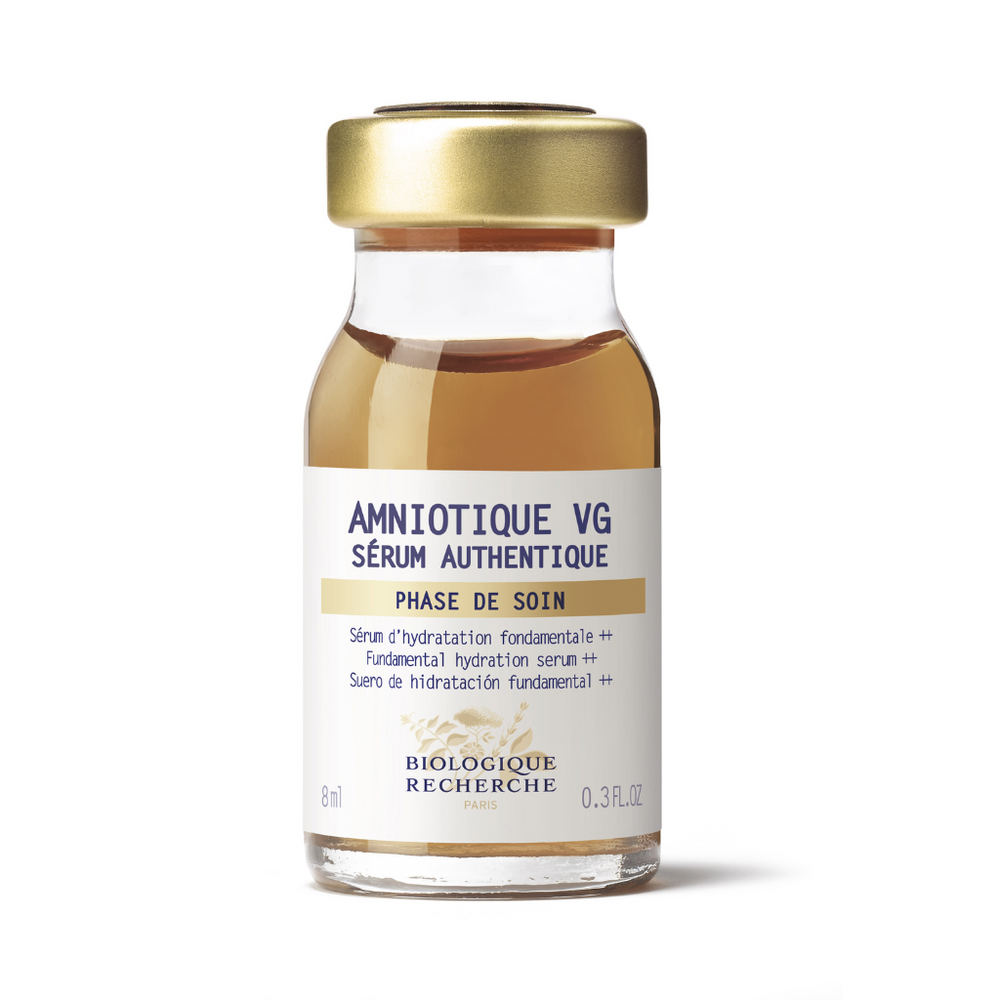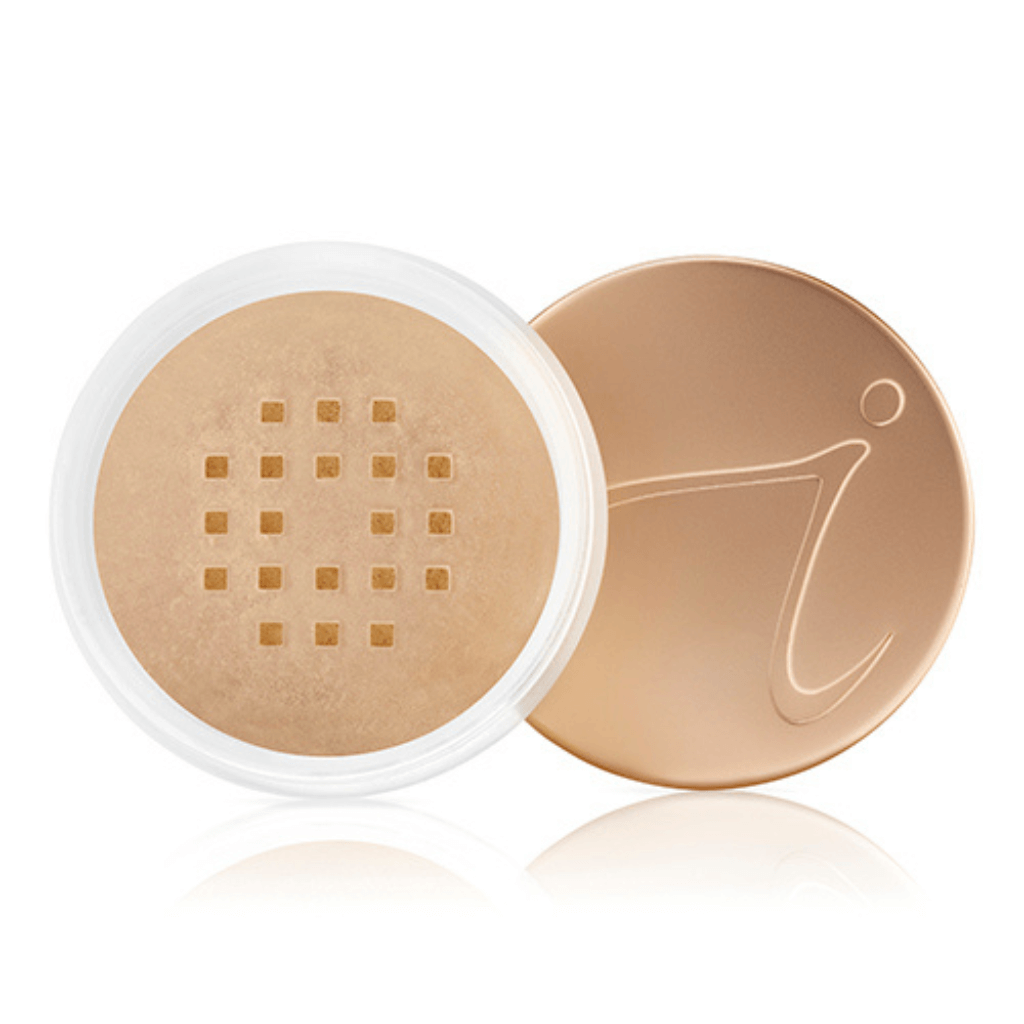Understanding Skin Types

The first step in putting together a personalized skincare routine is understanding your skin type. This will help you select products that align with your skin's needs, ensuring effective results, and help you invest your time and money wisely.
Dry Skin:
Dry skin often craves hydration and is characterized by a lack of oil. Not to be confused with dehydrated skin, which is a lack of water. Dehydrated skin is a skin condition, and no matter what your skin type is, you can also be dehydrated. Yes, even oily skin can lack water. Truly dry skin lacks oil. It may feel tight, rough, or flaky. Combat dryness with gentle cleansers, rich moisturizers, and products featuring hydrating ingredients like hyaluronic acid.
Oily Skin:
Oily skin produces excess oil, leading to a shiny complexion and enlarged pores. Look for oil-free, non-comedogenic products to balance oil production. Lightweight, gel-based moisturizers can provide hydration without exacerbating oiliness.
Normal Skin:
Considered the "Goldilocks" of skin types, normal skin strikes a balance between dry and oily. It typically has a smooth texture, small pores, and a healthy glow. A well-rounded skincare routine with gentle products works best for maintaining its natural equilibrium.
Combination Skin:
Combination skin exhibits traits of more than one skin type. Typically, it features both oily and dry areas, with the T-zone (forehead, nose, and chin) being oilier, while the cheeks may lean towards dryness. Use a balanced approach, incorporating products designed for both oily and dry skin to address each area's unique needs.
Sensitive Skin:
Sensitive skin isn't technically a skin type, but people often associate this with their skin type, so we are including this here. Sensitive skin can be dry, oily, or a combination. It is prone to redness, itching, or irritation, and requires extra care to prevent triggering reactions. To cater to this skin type, choose fragrance-free, clinically tested, high-quality ingredients, and conduct patch tests before integrating new items into your routine. It's crucial to distinguish between truly sensitive skin and sensitized skin, as the associated feelings may be similar but differ significantly. Check out our Bonus Blog: Sensitive vs. Sensitized skin for a deeper understanding!
Acne-Prone Skin:
While acne-prone skin isn't technically a distinct skin type, we've included it here as it's commonly perceived that way by consumers. Considered a skin condition, acne-prone skin can be effectively managed. Described by the presence of pimples, blackheads, or whiteheads, this skin type benefits from gentle cleansing, non-comedogenic products, and the incorporation of ingredients like salicylic acid or benzoyl peroxide and retinol. Navigating the delicate balance between skin sensitivity and acne can be challenging. We strongly recommend scheduling a consultation to assist in choosing the right skincare if this is your primary concern.
Conclusion:
Understanding your skin type is the first step towards achieving a healthy complexion. The next step is to figure out your main skin concerns and where your priority investment should lie.










